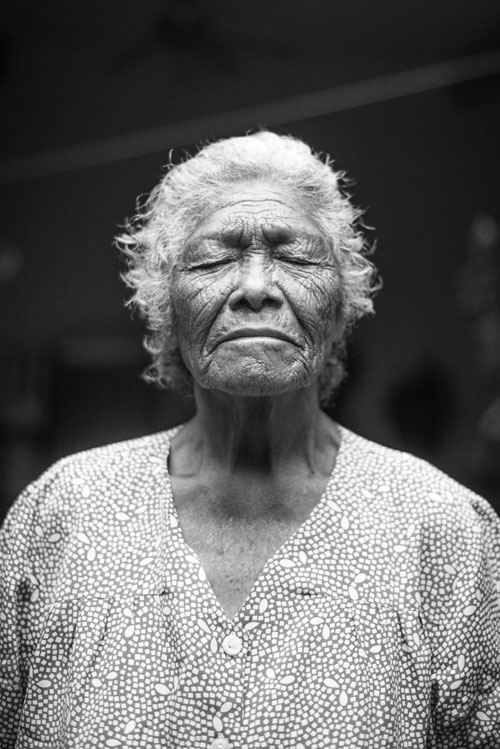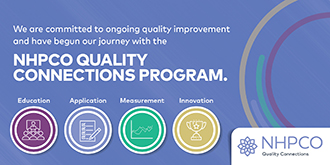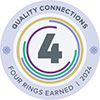How Pain is Managed During End-of-life Care
Patients suffering from terminal illnesses at the end of life can be victim to some of the greatest pain. Hospice and palliative care puts a focus first and foremost on the individuals comfort and well-being. Nurses, doctors and healthcare professionals have an obligation to reduce suffering. Unfortunately, barriers still exist when it comes to patients receiving the appropriate and adequate pain management at the end of their life.
What is a good death?
Death and mortality are among some of the most taboo subjects discussed. Although death is inevitable, pain and suffering does not have to be. To many people a good death often consists of a few things:
- Not being a burden to others
- Being surrounded by those who care
- and being comfortable
A published study that included perspectives from patients, family members and health care providers showed that a “good death” as identified by 81% of respondents was “pain-free status.”
At the VNA Hospice and Palliative care of Southern California we strive to provide the highest quality of care to patients, families and their caregivers. This includes being experts at pain management and patient comfort at the end-of-life when it matters the most. The VNA of So Cal nurses are intimately familiar with their duties as nurses to provide optimal care to persons experiencing pain. We stand with the American Nurses Association and align our beliefs with theirs in order to minimize patient suffering and maximize comfort.
American Nurses Association Believes:
- Nurses have an ethical responsibility to relieve pain and the suffering it causes
- Nurses should provide individualized nursing interventions
- The nursing process should guide the nurse’s actions to improve pain management
- Multimodal and interprofessional approaches are necessary to achieve pain relief
- Pain management modalities should be informed by evidence
- Nurses must advocate for policies to assure access to all effective modalities
- Nurse leadership is necessary for society to appropriately address the opioid epidemic
Signs and Signals of Pain
It is important to understand all the signs, symptoms and signals of an individual in pain so we can address small issues before they become big problems. Some patients may not be able to communicate their pain levels due to their condition, and others would rather not appear weak so they refrain from admitting they have pain. As a hospice and palliative care agency, the VNA of Southern California employs highly trained and experienced visiting nurses to assess and care for individuals on a case by case basis in order to effectively manage pain.
- A wincing face, tightly shut eyes, and/or rapid blinking
- Becoming increasingly withdrawn
- Becoming aggressive or easily angered
- Increased confusion
- An increase in systolic blood pressure
- Rocking back and forth, fidgeting, and/or pacing
- Becoming withdrawn
- Resisting care or if the patient protects certain areas of the body when turning
September is National Pain Awareness Month
September is National Pain Awareness Month. There is a misconception that pain is a natural part of aging or illness. There is almost always a reason why somebody is experiencing pain, whether that be physically, emotionally, or psychologically. The National Hospice and Palliative Care Organization offers free resources to help people learn more about pain and finding relief. NHPCO president and CEO J. Donald Schumacher summed it up nicely when he said:
“When someone is in pain, it can be impossible to think about anything else”
“Good pain management improves quality of life and in most cases it is possible to manage pain and that’s why we want to increase public awareness about the issue”
VNA of Southern California also wants to help spread the word that pain management is an important, and far too often under-looked, part of the patient healing process. So much more can be done to help and VNA SoCal’s hospice and palliative care professionals are constantly honing their care-taking-skills in order to properly understand and manage all types of pain.





